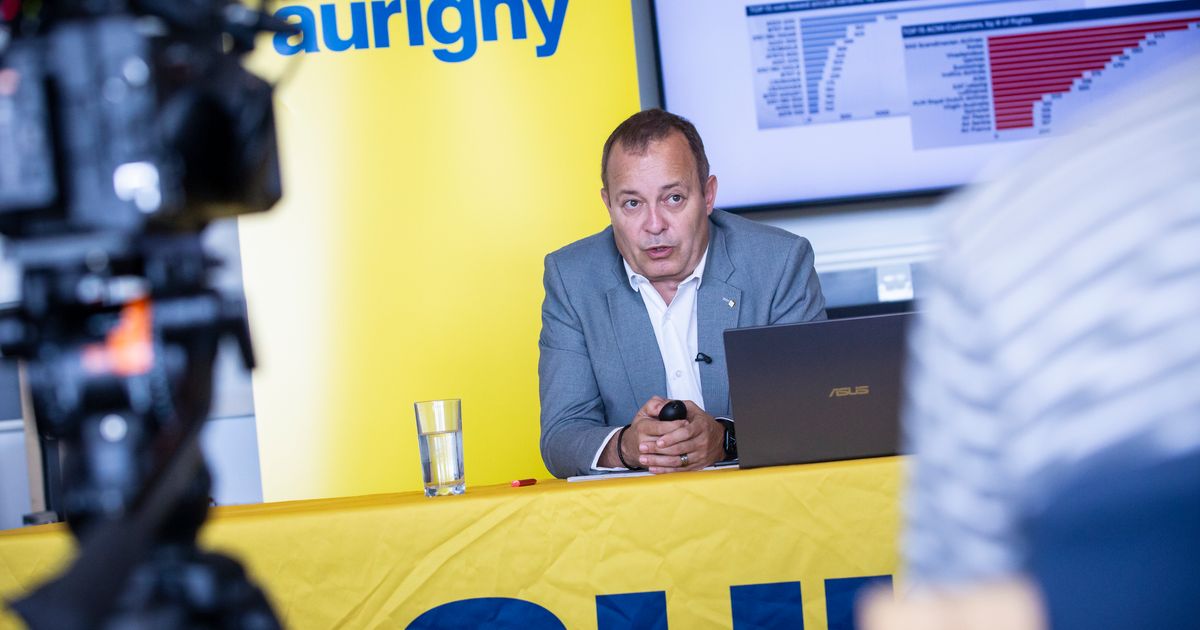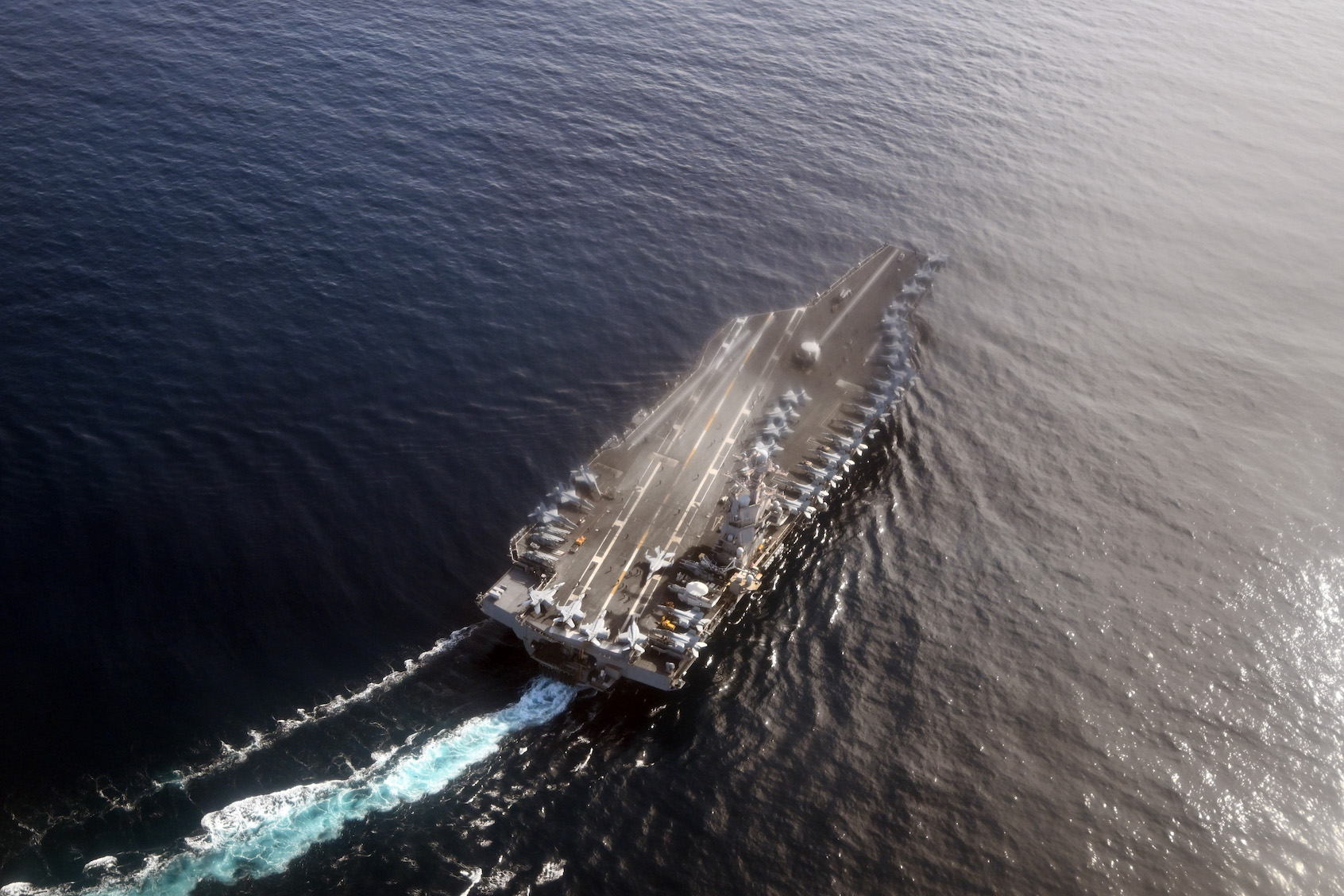Copyright guernseypress

Aurigny had a bad year in 2024. What have been the differences between last year and this year? Last year there was a lot of misfortune and this year we have had a lot less misfortune. The only misfortune this year was a tail strike earlier in the year which affected an aircraft, but that was minor, relative to last year. The performance of our aircraft has been much more stable. The reliability of two new aircraft we got in last year is now on par with our own aircraft. Our reliability has improved radically. Before 2024, Aurigny was always among the most reliable carriers in the UK. Last year we were not, and this year we are back at that position. We didn’t need our shareholder to tell us this, but it was helpful that in 2024 they were crystal clear in the direction to focus on reliability, even at the cost of financial performance. That was the right call. This year, whenever it came to a decision of being commercial or being reliable, we prioritised reliability and as a consequence we have been back to above UK average for most of this year. For the month of October, on a weather-adjusted basis, 91% of our flights departed punctually within 15 minutes, and our cancellation rate came way, way down. We got back to delivering what we exist for. We made an agreement with Norse Atlantic, where a pilot can come into Aurigny, operate with us for, say, three years and then move across as a first officer operating 787 aircraft for Norse, getting experience there with a big aircraft. When they’re ready to get command, they come back to us, they get more experience on our side, and then they go back back again to Norse. That has been a material change and it’s improved our level of attractiveness as an employer. There are not many airlines in the world, not even big ones, that can offer a first officer a path to wide body, intercontinental aircraft within a three-year period. Having aircraft and having pilots mean you’ve got two of the key ingredients. We wholly regret the impact on passengers last year. Passengers pay a fair amount of money to have a reliable air service and that wasn’t delivered last year. But not everything was bad news last year. We introduced London City, increasing our frequency into the core London market, which supports the finance sector of the island, by 30-odd per cent. Before the pandemic, Guernsey was rated about the 60th best connected geography to the London financial centre. We have improved to about number 51, while the Isle of Man went from about 91 to 104, and Jersey from about 34 to 40. In August, we had just short of 500 frequencies between here and London – an average of 16 flights a day. Jersey had 507, so we were in within 3% of the number of frequencies of Jersey, and Jersey has got 60% more population. It’s undeniable that Guernsey is very, very well connected to the London market. When I look at the post-pandemic period, both in terms of number of routes served and absolute passenger volume, Guernsey’s recovery has been better than that of the Isle of Man and Jersey. What position is Aurigny in as you approach the end of 2025 and look ahead to 2026? We are now getting back to the position of breaking even financially each month. We have just returned to that position. We’re looking forward to avoiding or removing the losses that we have seen in 2024 and 2025. We spend a lot of time on customer communications. Last week we had a successful launch of a mobile app. Importantly, during inevitable disruptions for weather, it’s a very effective communications tool. We bolstered our contact centre, making it easier for customers to contact us and our self-service kiosks and check-in allow a more seamless process through the airport. I think we’ll see more benefits from this in the next 12 months. We’ve taken a conservative approach to route development this year and conceivably into next year. Paris has been effective at helping connectivity, given that Charles de Gaulle is one of the biggest international hub airports. When you go to British Airways’ website or Emirates’ website, Guernsey features there, so we already give you that marketing exposure and we’re seeing good passenger volumes coming through that. We’ve probably done fewer European ad hoc flights this year. Next year we’ll continue them at a reasonable rate, with a commitment to our customers not to impact our core network. Next year is all about continuing stability, returning to a break-even position, and trying to use our assets more productively so we can get air fares lower. For the last five years, air fares have increased at a rate below inflation, and in Guernsey at a rate lower than Jersey, lower than the Isle of Man, and lower than the average in the UK. Relatively speaking, air fares have become more affordable, but I stress that by no means am I saying they are as affordable as we would like. I think there is more we can do there. If the States wanted to invest more in air services, how would you recommend going about that? I would spend on making the whole aviation infrastructure more efficient and more effective. Can we stretch the trading day in the summer, for example, so that we can use the near-£100m. of assets that we’ve got more productively? If we use aircraft assets more efficiently, we can reduce the cost of air travel. If you were still minded to reduce the cost of air travel further, direct subsidy intervention goes straight into the hands of the customer if you do it through the airline assets owned by the States, not into the pockets of private shareholders. We need to be careful when we consider any alternative options, because there is no such thing as a free lunch. What are your latest plans for serving Alderney? The Dorniers in Alderney are the next element to simplify. There are only 13 of that generation in operation in the world, with six operators, four of whom are military or naval. It’s not far from the truth to say that almost every spare part is a one-off production item, so it takes time and is excessively expensive. It’s a good aircraft, but it’s not an affordable aircraft, and last year the States resolved to reduce the Alderney PSO [subsidy] to £1.5m. The Alderney services had last been delivered for £1.5m. in 2015, so there is now 10 years’ inflation missing in the PSO value. We identified Twin Otter as the appropriate replacement aircraft – a tried and tested solution for what is a lifeline service. Just over 900 Twin Otters have been produced and more than 500 of them are still in operation. We’ve just added two aircraft onto Skybus’ operational infrastructure, reducing costs, simplifying further and most importantly giving the travelling public in Alderney a guaranteed standby aircraft. Last year, with the Dornier, there were almost 150 days on which one of the two aircraft was in some form of maintenance, and we were on a single aircraft. Now, every time an aircraft goes for maintenance, Skybus is responsible for providing a replacement, so we’ll have two operational aircraft. We started on 1 November with the first flight. Just before Christmas, we will receive the first Twin Otter in Aurigny livery. That Twin Otter has been completely rebuilt, with new engines, new landing gear, new avionics, and so on. And the last Dornier will exit service very early in January. How quickly are you going to have to decide how to respond to a new Guernsey-Heathrow service run by another operator? You asked if the hit could be a figure like £4-5m. a year and I think it would be, simply with the 30% capacity added by a Heathrow rotation daily. That would be a fairly conservative estimate. You could more than double it if you added in another additional route like Luton. We’ve sold tickets right through to September or October next year and ideally we’re not going to want to pull those services straight away because of the effect on passengers. We would have to engage with our shareholder, the States Trading Supervisory Board, and ask what it wants our mandate to be now, and how we should respond, bearing in mind that a lot of the potential responses can’t be turned around quickly.



